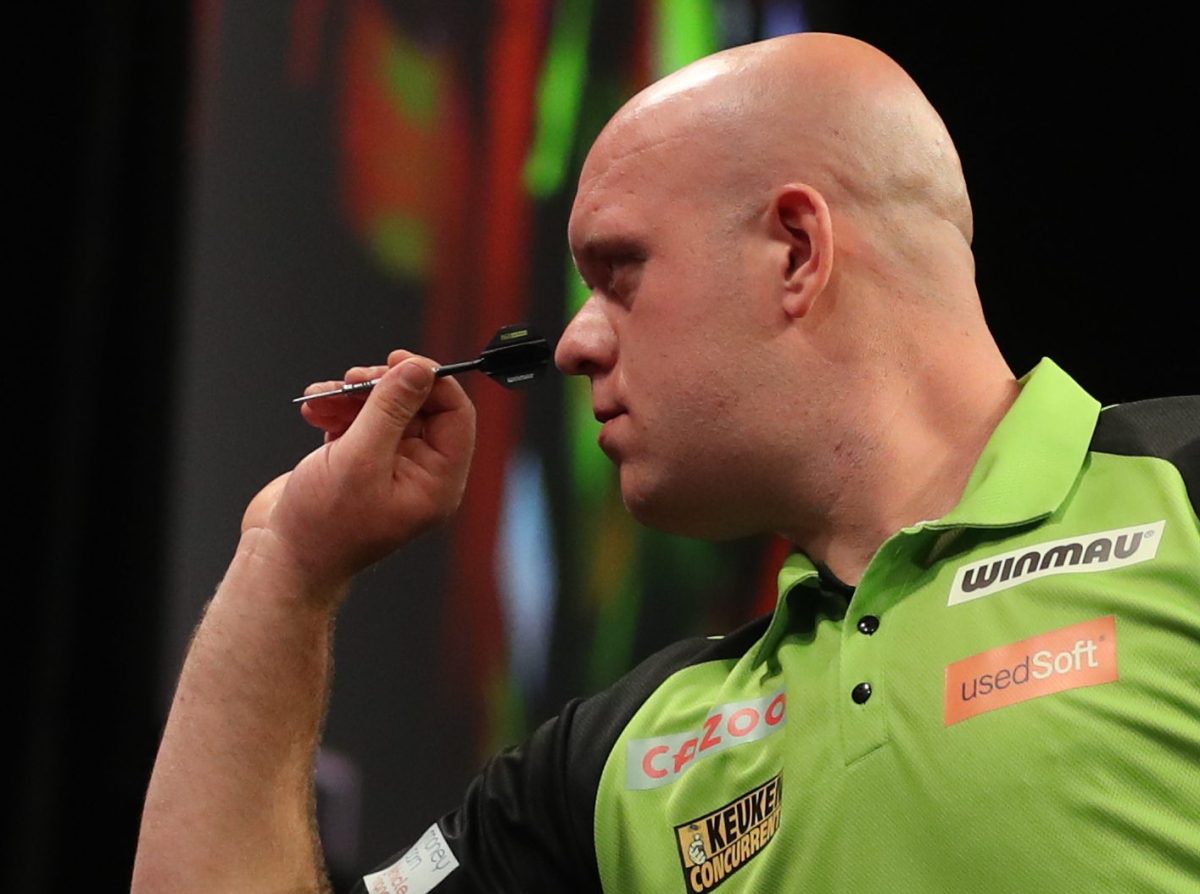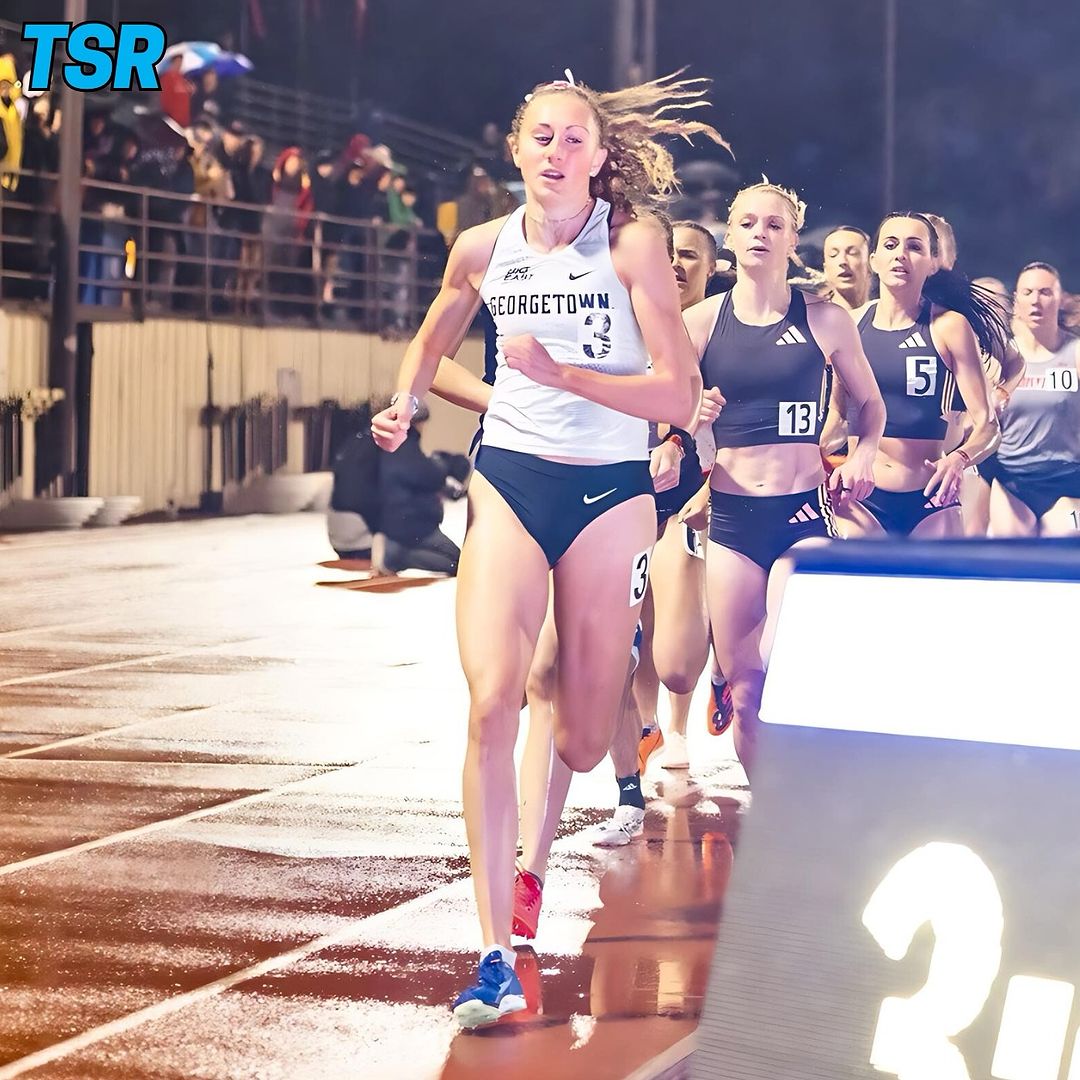Portly men in garish shirts take turns throwing small missiles at a mosaicked wooden board. Then, another man (preferably bald with a raspy voice) shouts some numbers after doing simple addition.
Prior to December 2023, this is vaguely how I would describe darts to an inquirer. I understood the game easily enough, but did not “get” the sport in the slightest. For context, in my native British Isles, darts is a hugely popular sport that has rapidly outgrown its original pub roots, where it largely remains in the United States. Thousands watch it live, and millions more watch it on TV.
When I returned home over winter break, I expected the customary Christmas playlists and classic movies on TV, but all anyone was talking about were “the darts.” At least that is how it felt.
Since coming to Georgetown University, I have never felt more British, and I have found myself gravitating toward many British things that I had no connection to prior, whether that be Britpop or even comedy panel shows. However, my American heritage means some things are just too British for even me to buy into — and darts were at the top of that list.
Darts were first played 700 years ago in England when bored soldiers sat in trenches and threw spearheads at the bottoms of upturned wine casks. Their superiors encouraged the practice because it promoted useful skills, and soon, the soldiers began to compete. They used slices of tree trunks and aimed at certain zones determined by the trunks’ concentric circles, which eventually inspired the design of dartboards today.
Throughout the years, darts grew popular with nobility and common folk alike. Even Henry VIII was hooked, leading his wife Anne Boleyn to buy him an expensive set in an (eventually ill-fated) attempt to impress him.
Yet as the nobility began to favor sports that better demonstrated their wealth, such as polo and tennis, darts remained strong in pubs across the country and became a symbol of the working class. However, the sport would not be standardized until 1896 when a carpenter from Lancashire developed the now-famous scoring system of ringed sections indicating areas of double or triple point values.
But why on earth was it on my TV?
The first organized championships were in the 1920s, and darts first appeared on television in 1937. But it was in 1972, when the “World Individual Darts Championship” first aired, that professional darts transitioned from game to sport in the eyes of the media.
The sport operates within two organizations, the World Darts Federation (WDF) and the British Darts Organisation (BDO), which set up tournaments around the world, akin to the Association of Tennis Professionals (ATP) and Women’s Tennis Association (WTA) circuits for tennis. Despite its highly regionalized popularity, it is growing rapidly, with 76 countries members of the WDF.
Fast forward to last December, and darts had never been more popular — and it was mostly due to one manchild.
Sixteen-year-old Luke Littler (trust me, I also want to see his birth certificate) had captured the attention of the U.K. by reaching the final of the World Darts Championship, beating two former champions of the event in his debut appearance — all while eating pre- and post-match meals of pizza and a kebab. Not many athletes at the pinnacle of their sport can boast such a menu, nor such a feat.
The final saw Sky Sports’ largest ever non-soccer peak audience of 3.71 million and a total viewership of more than 4.8 million, making it the most-watched darts event all-time on the platform. Granted, these are not FIFA World Cup or Super Bowl numbers, but they are still mightily impressive for a sport that many across the world consider as little more than a pub game. Although Littler eventually fell to world No. 1 Luke Humphries, he had sent the nation into a darts frenzy.
And I am not ashamed to say that I was one of them.
In the two weeks I was back home, I went from not understanding why people watched darts to watching every minute of the final and loving it. There was still a part of me that doubted the skill that the sport takes, so I brought two of my friends along on separate occasions to the closest place with a board, threw a couple into the wall and a couple sporadically around the board. After 25 minutes of not being able to hit a double-1, I was ready to call it a day, my hypothesis disproved.
Despite my personal struggles, I enjoyed it more than I ever thought I would. I downloaded a darts game on my phone, and it is practically the only game that I play these days. In addition, I have already scoured the internet for a suitable board for my house senior year.
Hopefully, my skills improve quickly enough so that I do not have to become an expert in plastering.









